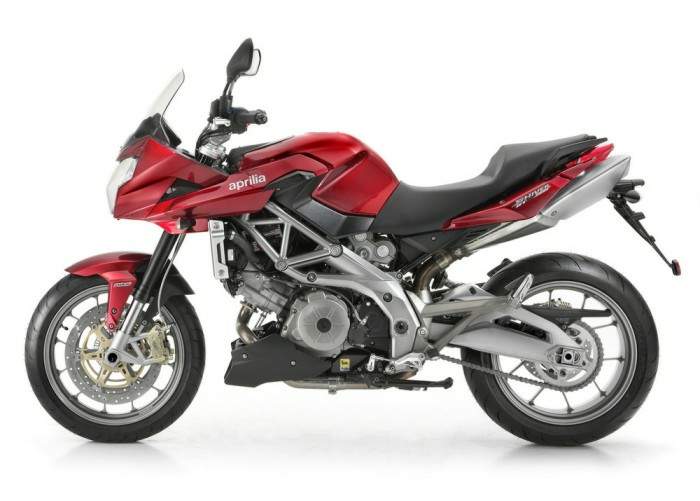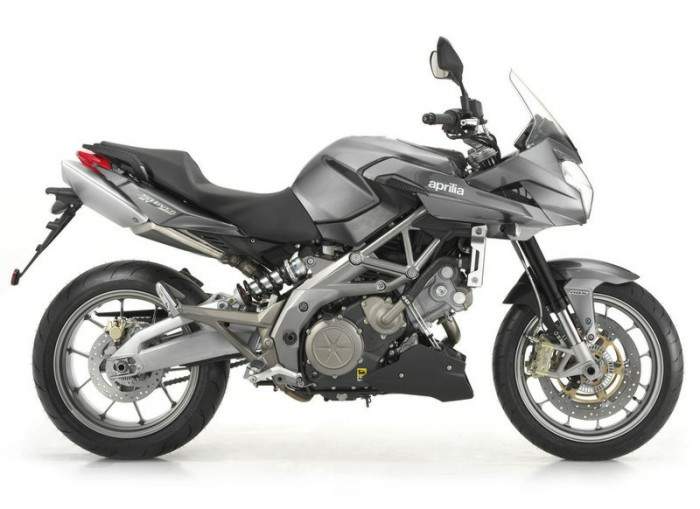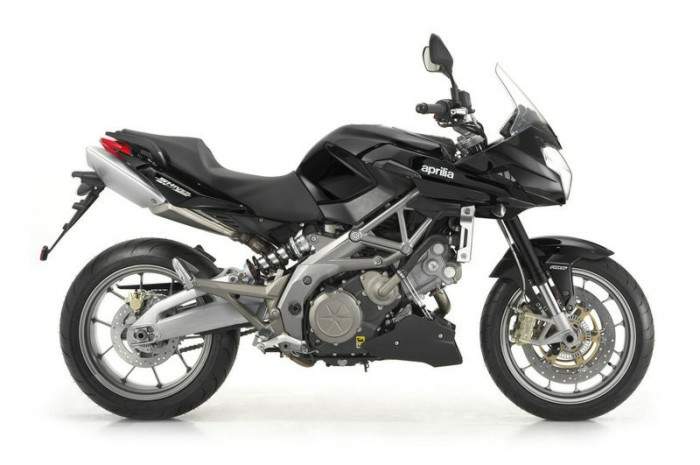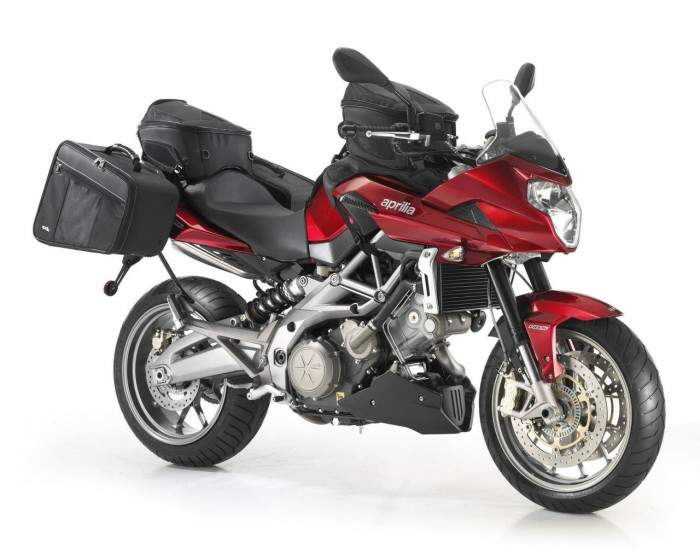Leave it to the Italians to present a new motorcycle with an ambiguous name that invites all sorts of interpretation. Is the Aprilia SL 750 Shiver likely to leave me cold, send a tingly sensation up my spine, or deliver a sharp forearm blow to my head? As it turns out, the Shiver is capable of delivering an expansive variety of responses, as it is one of the most versatile sport bikes available.
It all starts with an unmarked feature on the Shiver (a switchable powerband) that is operated in a wholly non-intuitive way (by pushing the starter button at idle). We have seen and experienced switchable powerbands on various bikes, most notably those from Suzuki, BMW, and Benelli. And, while the different powerbands on other bikes do indeed change the motor’s performance, the modification to the Shiver’s power delivery is so significant that it changes the very character of the motorcycle. This is a good thing.
In the past, Aprilia has relied on the Austrian engine builder Rotax to power its bikes. Given that a company is truly defined by its powerplants—especially in Italy (think Moto Guzzi and Ducati) Aprilia needed to step up and build its own engines to gain entry to the elite club of manufacturers. The liquid-cooled, 4VPC,DOHC, 90-degreeV-twin in the Shiver was “produced entirely in-house”, according to an Aprilia spokesman. The game is on, and Aprilia is now all-in.
First shots are rarely bullseyes. However, the Shiver’s engine is nothing short of spectacular. The V-twin has an extraordinarily wide powerband, and a power delivery that ranges from placid in the Rain mode to cracking in the Sport mode.Truly,the Shiver is a three-in-one motorcycle. All it takes is letting the motor settle down to idle, then by flicking the start button, the digital dash readout cycles through R-T-S (Rain, Touring, and Sport).
With upright, supermoto-lite ergonomics and a tall, hard seat, the Shiver puts you in a sporting mindset instantly. Fire it up, and the sound emitting from the stainless steel exhaust system is throaty and dynamic.
In the Sport mode, the Shiver is a stunning canyon attack vehicle. Nimble does not begin to describe it.

The bike is ultra-responsive to input, so you must ride it precisely. Sloppy riding results in sloppy handling, so bring your A game to this ride. Mid-turn corrections are welcome and accommodated without delay, an especially valuable trait on unfamiliar roads.
A consequence of this responsiveness is the bike’s nervousness at high speed, particularly on roads in less-than-perfect condition; indeed, aggressive riders on ragged roads may want to consider a steering damper to calm things down. It isn’t a suspension issue—the suspension is terrific—it is all about the geometry and the sharp throttle response.
Displacing 750cc, the Shiver certainly doesn’t have liter-bike acceleration. However,the motor does rev quickly for a V-twin, and the front end goes typically light when the throttle is twisted hard. On my first ride, I thought it had poor fuel injection, until I realized I wasn’t as precise with the throttle as the powerband demanded. Once adjusted to the power delivery, I was ready to rocket, and the chassis willingly obliged. Dunlop Qualifiers allow the bike to be heeled over with expected confidence.
Source Ultimatemotorcycling.com




